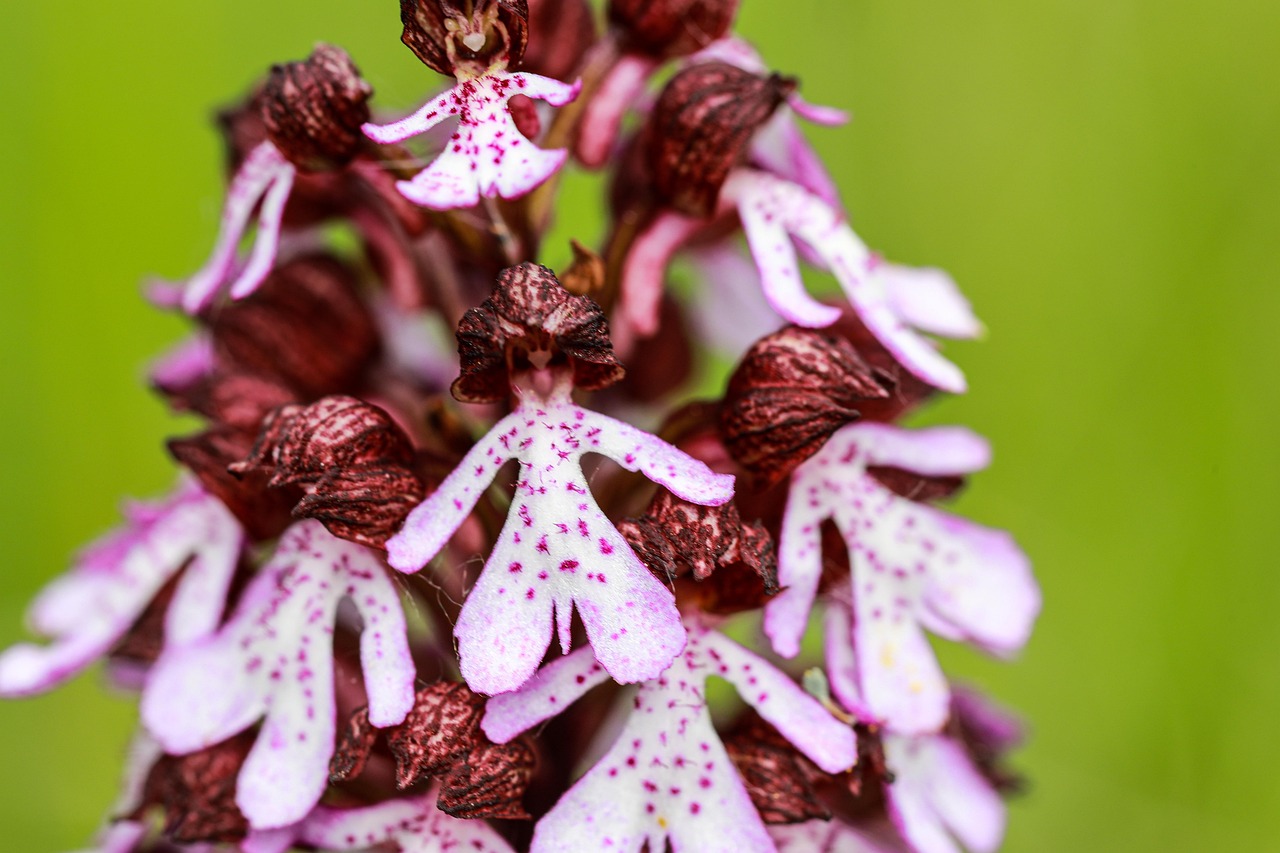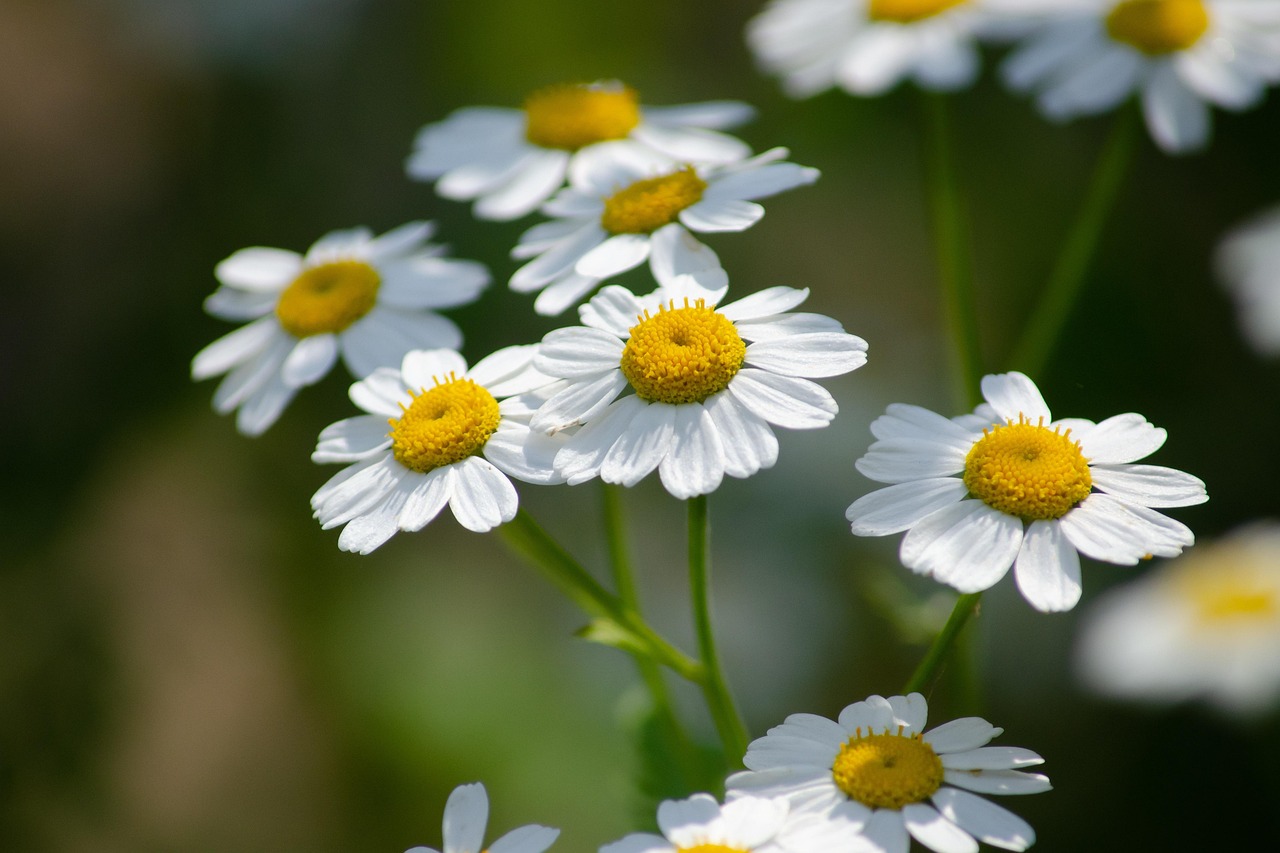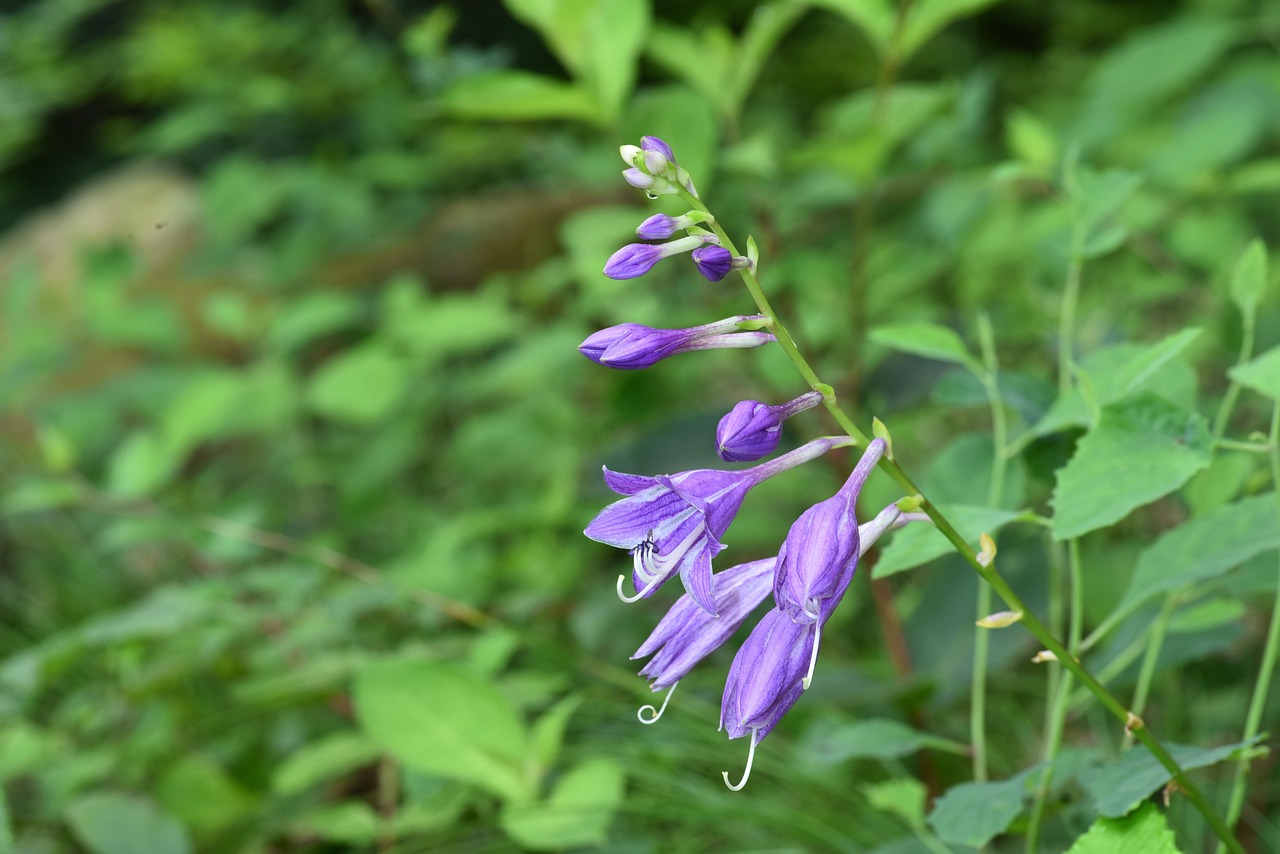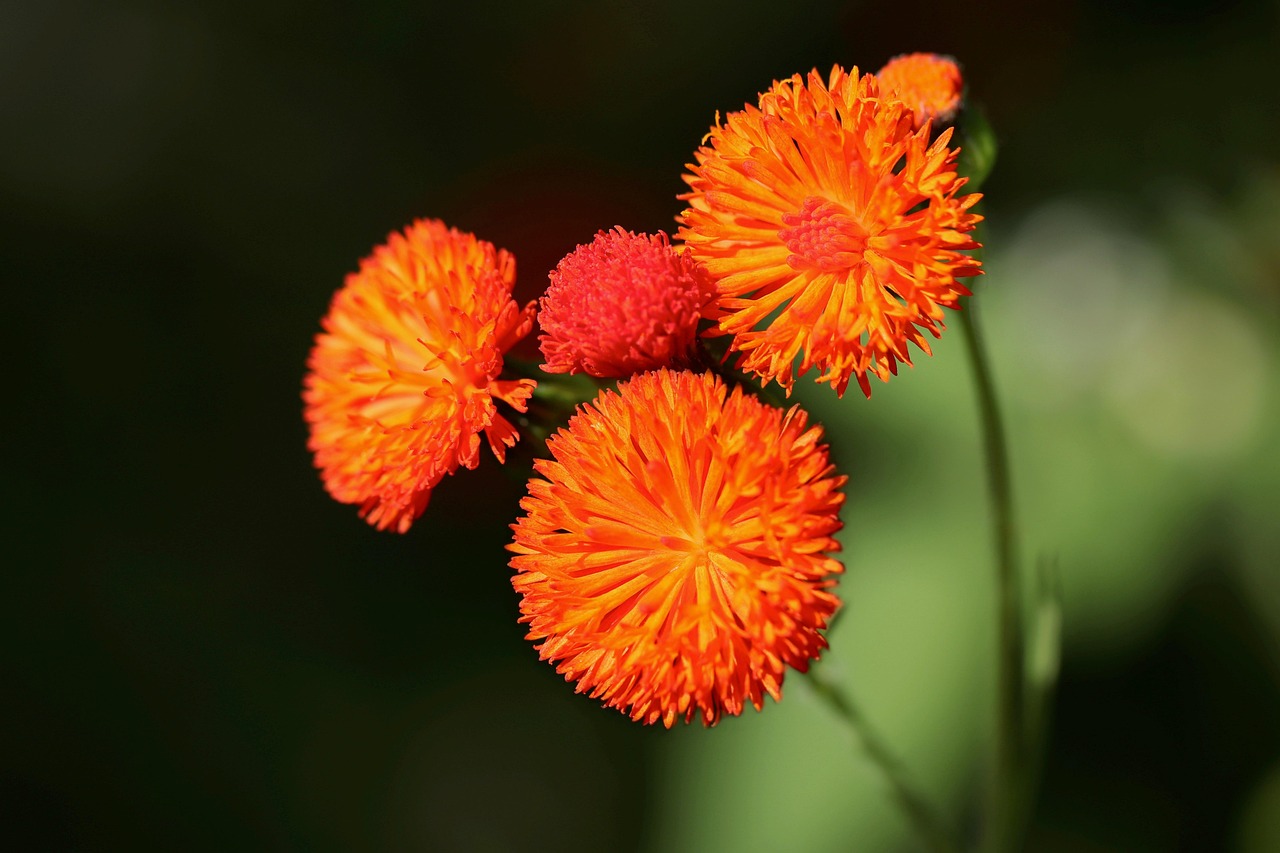Bog Sage | The Blue Flower Swaying in the Meadow
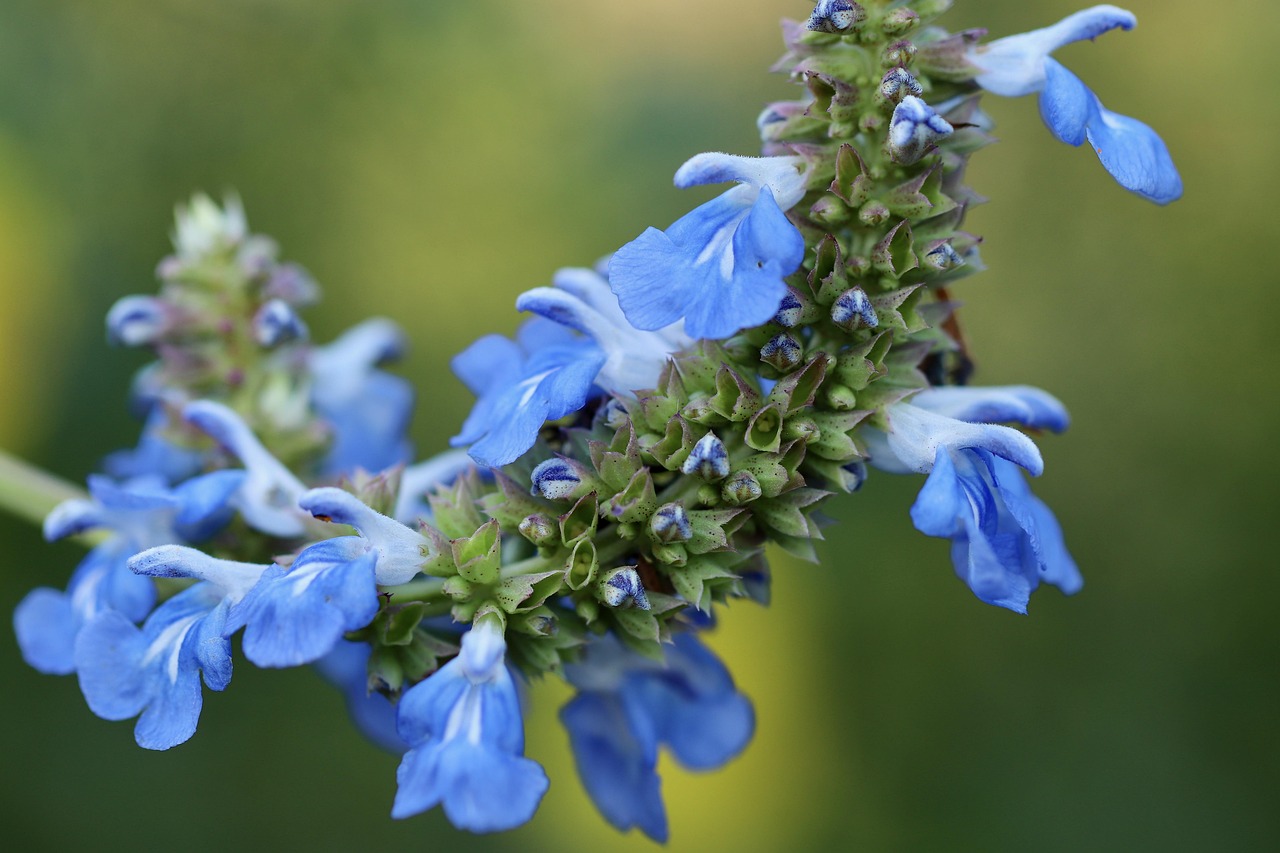
Bog sage is a perennial plant admired for its refreshing blue blossoms and its delicate, graceful form.
Its swaying figure in the wind conveys a sense of coolness, and because it blooms from summer to autumn, it has long been appreciated in naturalistic gardens and border plantings.
Although its name includes “bog,” it is relatively tolerant of dryness and is known as an easy-to-grow plant.
In this article, I will introduce the basic information, cultural and historical background, and cultivation tips for bog sage.
Basic Information
- Scientific name: Salvia uliginosa
- Family: Lamiaceae (Mint family)
- Origin: South America (mainly Brazil and Argentina)
- Appearance: Thin upright stems bear vivid sky-blue flowers in spikes. The leaves are slender, glossy green, and give the whole plant a refreshing impression. The plant can exceed one meter in height, with stems that sway elegantly in the breeze.
- Blooming season: Summer to autumn (around June–October)
Cultural Characteristics Around the World
Thanks to its unique shade of blue and refreshing presence, bog sage has been incorporated into garden design across many countries.
In South America, it grows wild in grasslands and wetlands, contributing naturally to the local landscape. Its ornamental value has led to its use in urban parks and public plantings.
In Europe and North America, it is cherished as a classic plant in natural and wild gardens. Its vivid blue color is often used as an accent, blending well with other perennials and ornamental flowers, and it is commonly planted in border gardens.
It is also valued as a plant that attracts bees and butterflies, enriching biodiversity in the garden.
Historical Anecdotes
Bog sage became widely known in Europe and North America between the late 19th and early 20th centuries.
Introduced during plant-collecting expeditions from South America, it was at first misunderstood as a bog plant. Over time, however, its ease of cultivation and high ornamental value were recognized.
By the 20th century, it was exhibited in botanical gardens in Britain and Germany, and eventually spread to private gardens.
Garden designers incorporated it into plantings that emphasized cool shades of blue, and it gained popularity as a relatively new species within the genus Salvia.
Today, bog sage is widely used in naturalistic gardens and pollinator-friendly landscapes, valued as a plant that brings refreshing blue flowers into the garden.
Gardening Advice
Bog sage is relatively easy to care for, but keeping the following points in mind will help maintain its beauty.
Sunlight
Prefers full sun. It can tolerate partial shade, but abundant sunlight ensures better flowering.
Watering
Avoid waterlogging while preventing excessive dryness. In garden beds, natural rainfall is often sufficient, but in hot summers, occasional watering is recommended. In pots, water thoroughly when the soil surface dries.
Soil
Favors well-drained yet slightly moist soil. A balance between water retention and drainage is ideal.
Fertilizer
Apply a slow-release fertilizer about once a month during the growing season. Avoid over-fertilizing.
Pruning
Cut back spent flower spikes to encourage new blooms and maintain plant shape. At the end of autumn, cut down to ground level to prepare for the following year.
Cold Hardiness
Relatively hardy. In warmer regions it can overwinter outdoors, but in colder areas it should be lifted and brought indoors or mulched at the base for protection.
Conclusion
Bog sage is a perennial characterized by its refreshing sky-blue flowers and slender, graceful growth.
Though native to South America, it has become established as an ornamental plant in Europe and North America, widely used in natural-style gardens.
Since its introduction to Europe in the late 19th century, it has been treasured by garden designers as a cool-toned accent plant.
Blooming from summer to autumn, its flowers gently color the seasons and bring a refreshing atmosphere to the garden.


